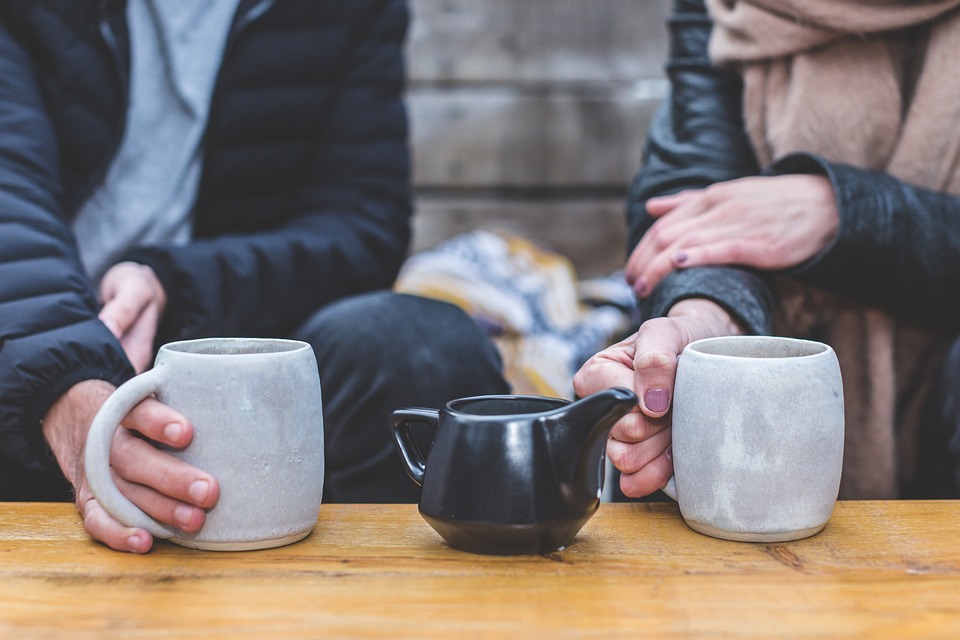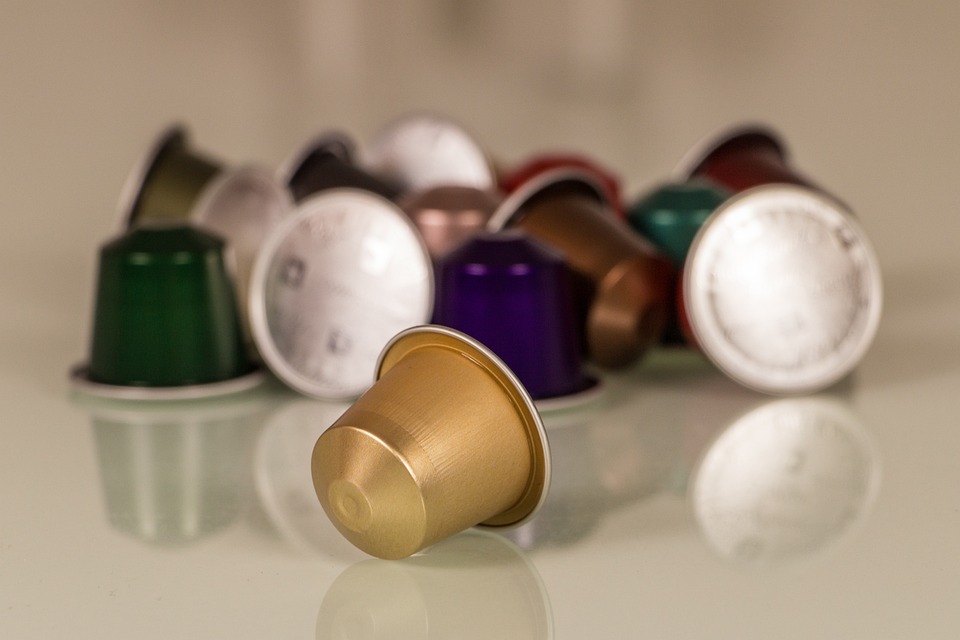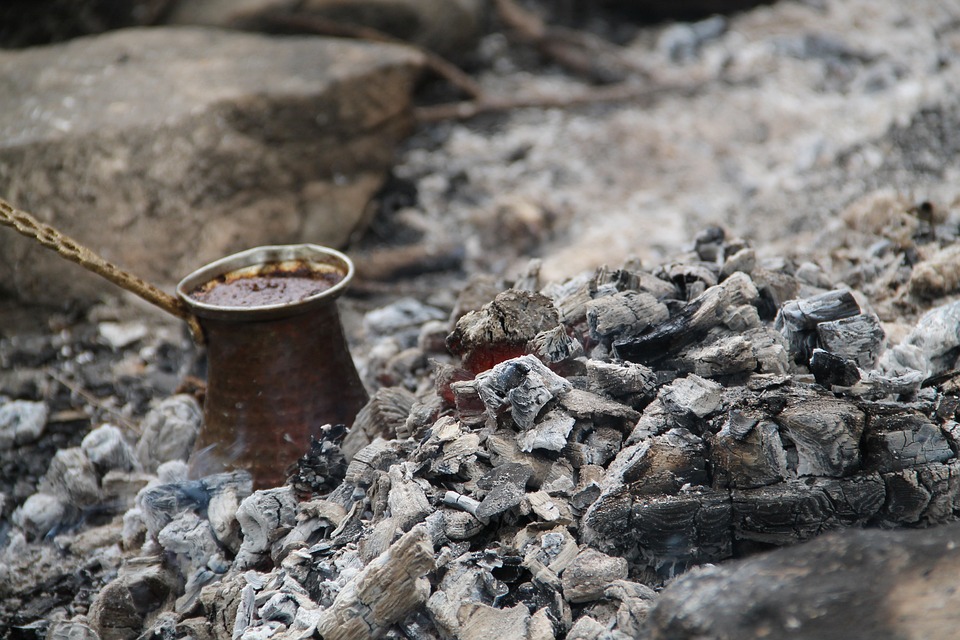Many of us relish in our daily morning coffee, often without considering the intricate and laborious process it undergoes to meet our quality expectations. So, how exactly is coffee produced?
Coffee Planting
Coffee is made from the seeds of coffee trees, which are generally referred to as coffee beans. The coffee plants are planted during the wet season and will take around four years before they are large enough to actually produce any fruit.

Related read: 10 Best Whole Bean Coffee – A Guide to the Best in 2021
Coffee Harvesting
The fruit from a coffee tree is called a coffee cherry and is normally harvested once or twice a year. They are generally handpicked, which is very labor-intensive, but this method does tend to produce finer coffees. Generally, each person will collect around 150 pounds of coffee cherries each day – enough to produce around 30 pounds of coffee beans.
Fruit Processing
After harvesting, the fruit needs to be processed very quickly or it will rot. The most common method is to leave all the cherries out to dry in the sun, covering them at night so they don’t get wet. The coffee beans are then separated from the cherry pulp and skin.
The beans are ranked by size and then placed in tanks for several days for a fermentation process which removes another layer from the beans by dissolving it. They are then washed and are ready to be dried.
You may also like: Best Colombian Coffee 2021 – Reviews
Milling Coffee Beans
The next process is to mill the beans to remove the final layer from the coffee and they might then be polished to create a superior coffee bean. At this stage, they will be graded and sorted according to their size, and also any flaws. Any defective beans are removed at this stage, often by hand, perhaps because of their size, color or damage.
Coffee Exportation
These beans are known as green coffee and will then be bulk shipped worldwide to coffee manufacturers and producers. Over 155 million bags, weighing 60kg each, of green coffee beans are produced every year.
Coffee Testing
Green coffee needs to be tested for its quality levels. The beans will be evaluated visually and then a small sample will be roasted, ground, and brewed to assess the smell and taste. This process is repeated with different samples and different batches.
The results will help to determine different bean blends and roast levels to produce different strengths and flavors of coffee. Expert coffee testers can tell the difference between hundreds of subtle flavors.
Coffee Roasting
Coffee beans are roasted at around 550 degrees and this is the process that turns them into the brown beans we like to buy. The roasting process allows an oil, called caffeol, to come out from inside the beans, which is what produces the coffee flavor and smell.

Roast your coffee beans at home: 10 of the Best Coffee Roasters – 2021 Guide
Once roasted, the beans are cooled quickly and need to be made ready to sell. This process is always done in the country which has imported the beans, to reduce the time it takes to get freshly roasted beans straight to the consumer.
Coffee Grinding
Grinding coffee is the final process and will help to produce the most flavor once a cup is made from it. There are different levels of grinding from coarse to fine, the type chosen will depend on how the coffee is to be brewed.
For example, an espresso machine would use a much finer ground coffee than a regular percolator coffee machine. So at this final stage, coffee will be ground up and produced as the final product which we buy in our supermarkets, or drink in cafes and restaurants.
Brewing Coffee
The final stage in how coffee is made is actually taking the ground coffee and brewing it to make yourself the perfect cup of coffee and there are as many ways of doing that as there are varieties of coffee.
Whether you use instant, filter coffee, a pod machine, or an espresso machine, you can brew your coffee just how you like it. There is no right or wrong way to make your perfect coffee. It might be black, or with milk, cream, or even butter but the taste and flavor are entirely up to you.
Conclusion
We all take our coffee in the morning for granted, relying on it to give us that energy boost in the morning and set us up for a hard day at work, or a relaxing start to the weekend, without giving much thoughtt as to where it came from.
But to grow that coffee bean from a seedling coffee plant, to the coffee in your cup, is a long and hard process involving many hands and often arduous work, many weeks of processing and then testing, to make sure you get the perfect morning cup.




